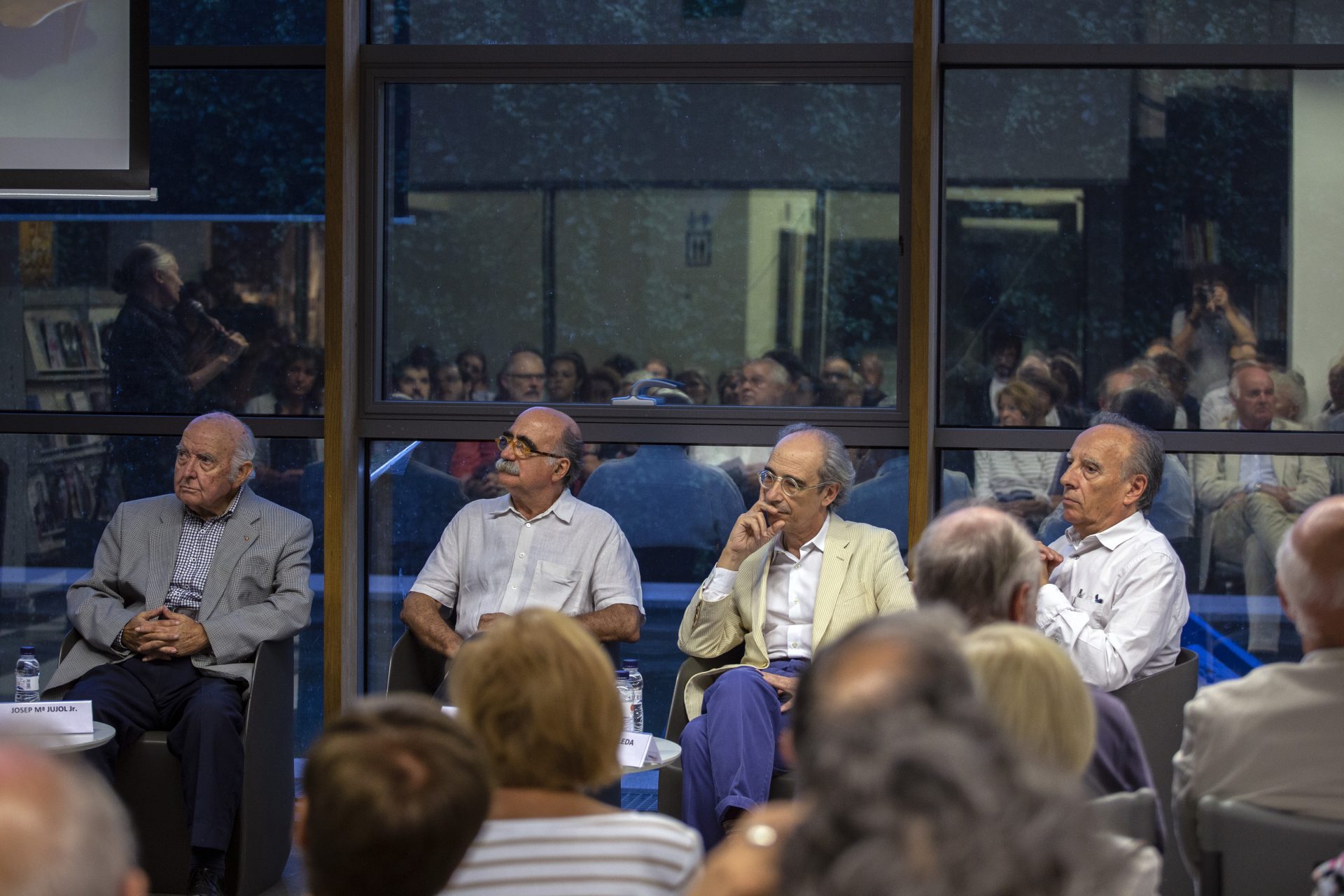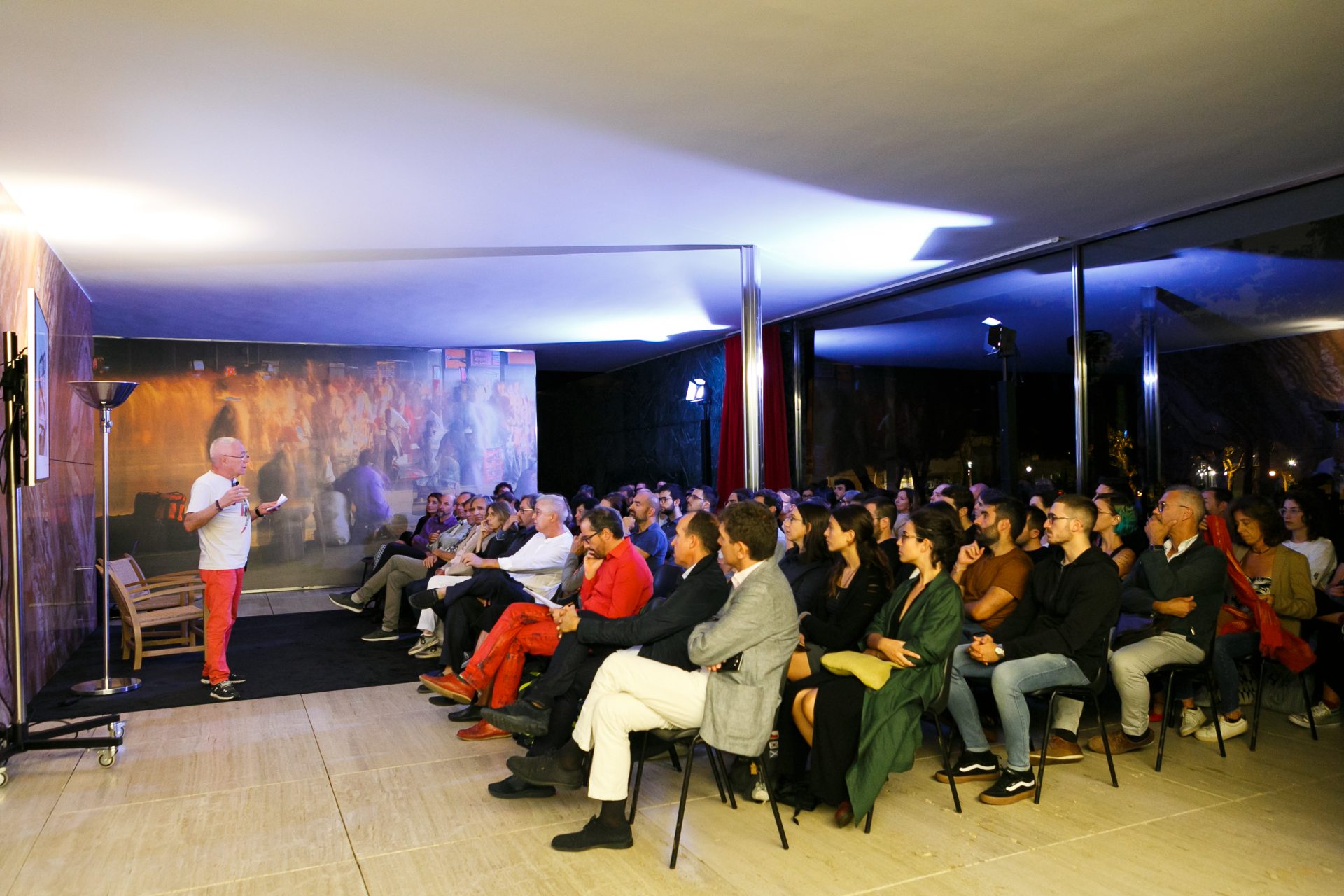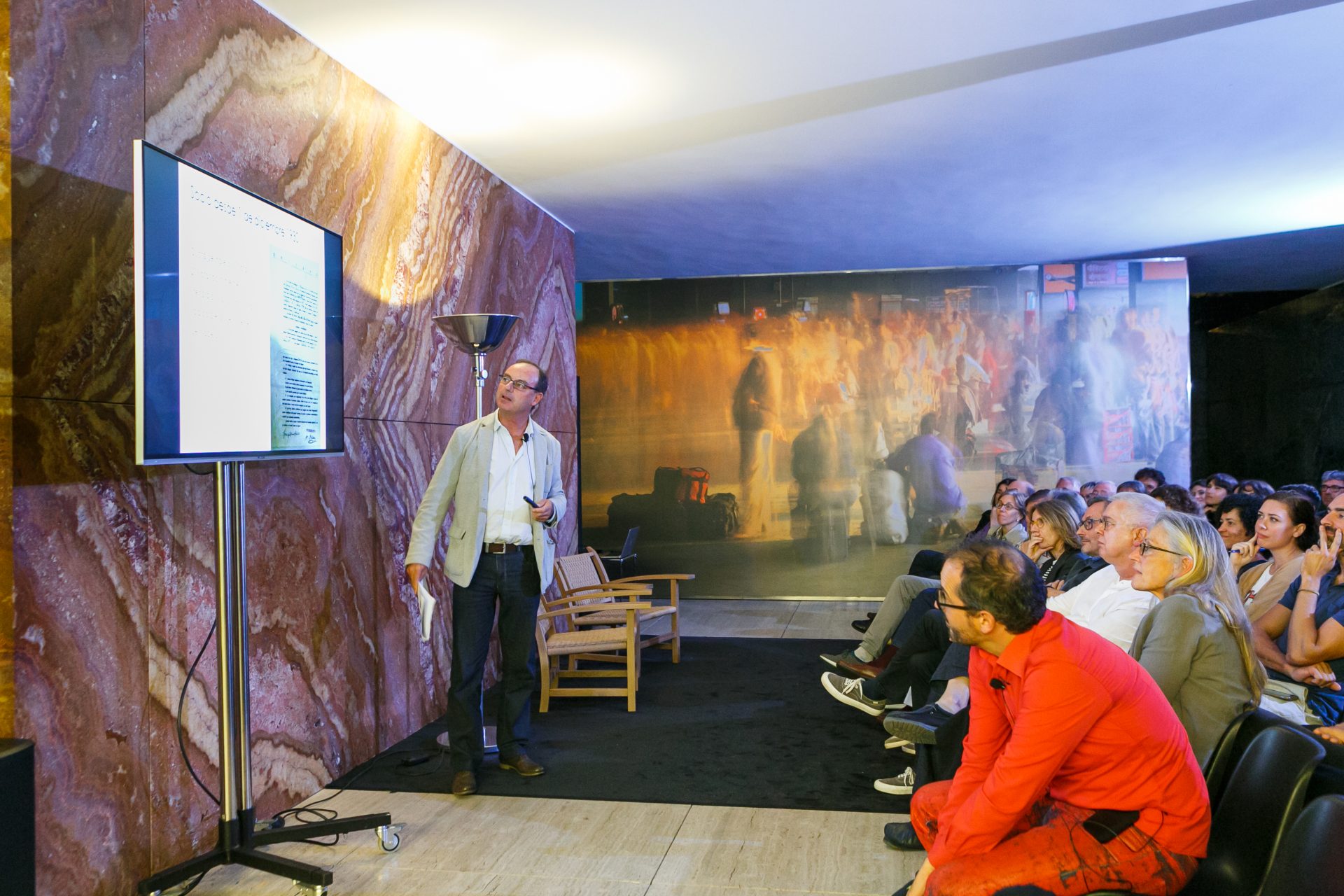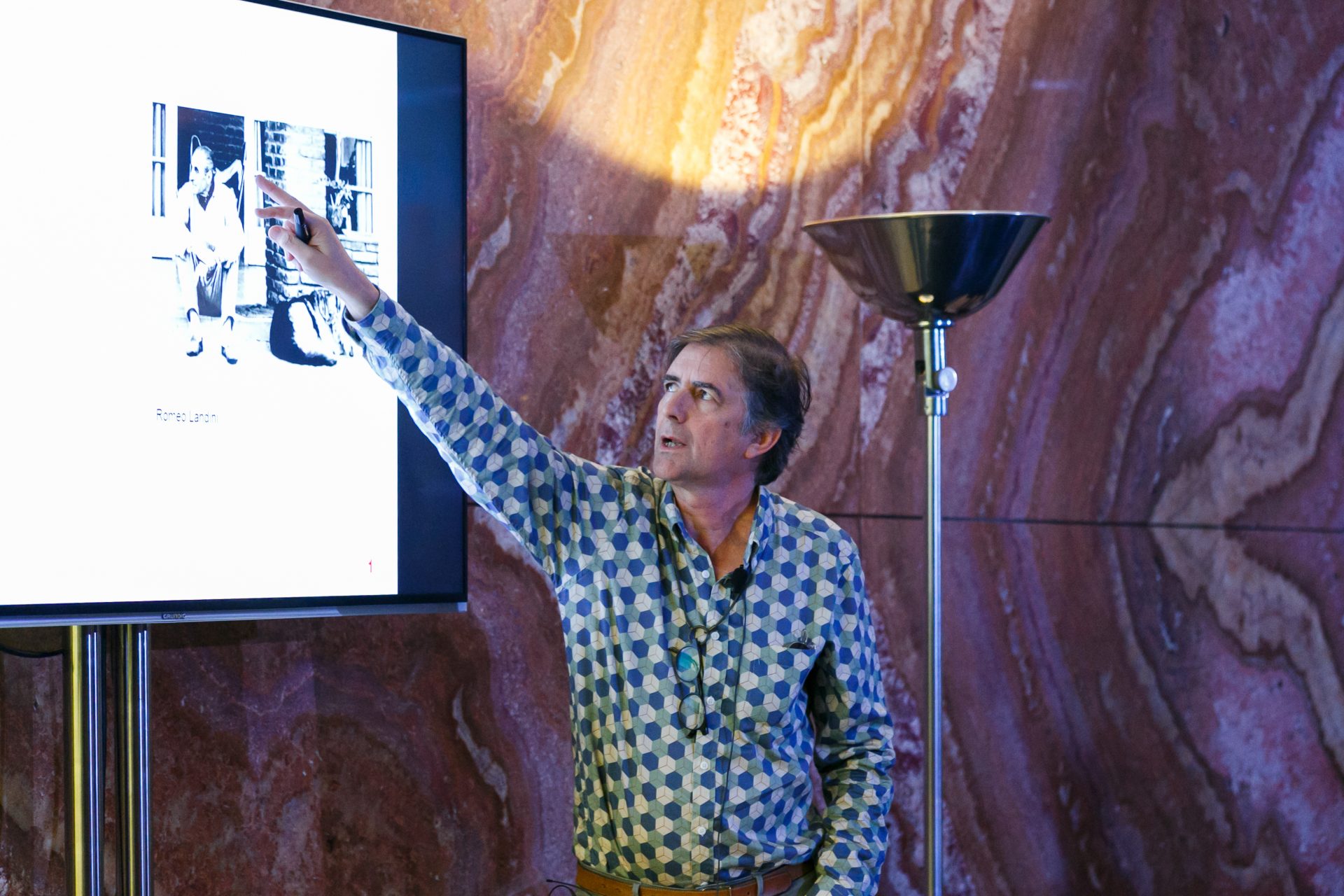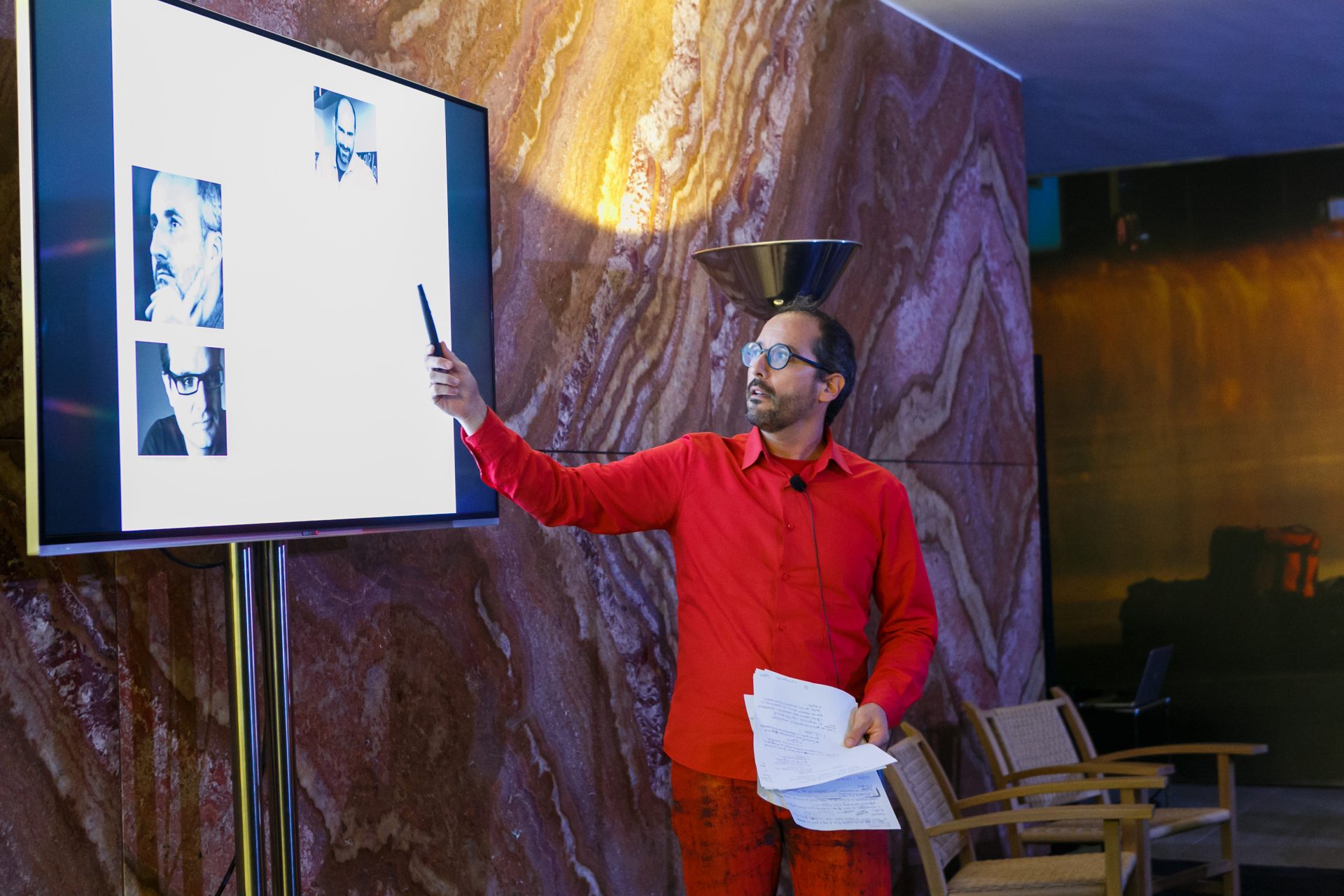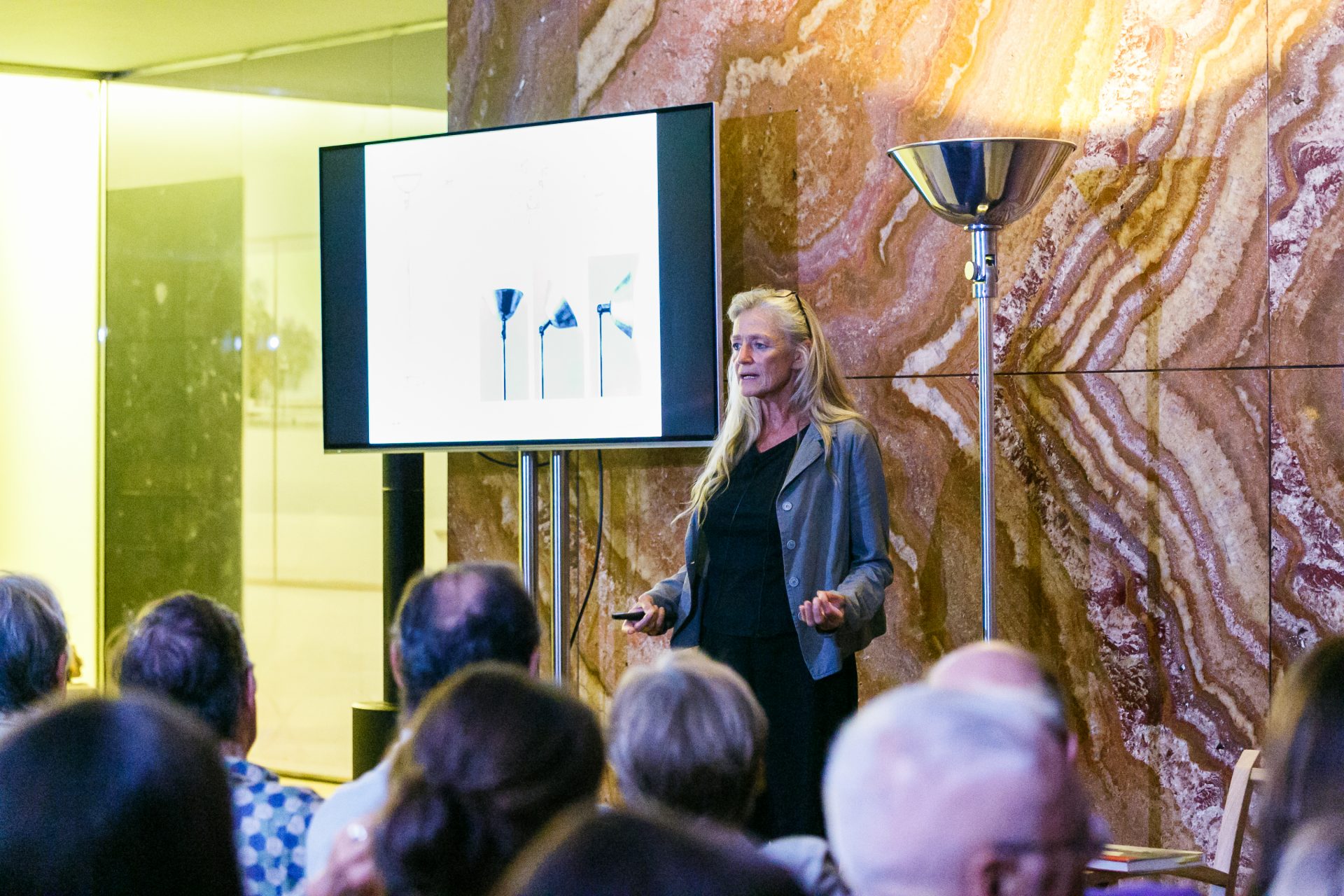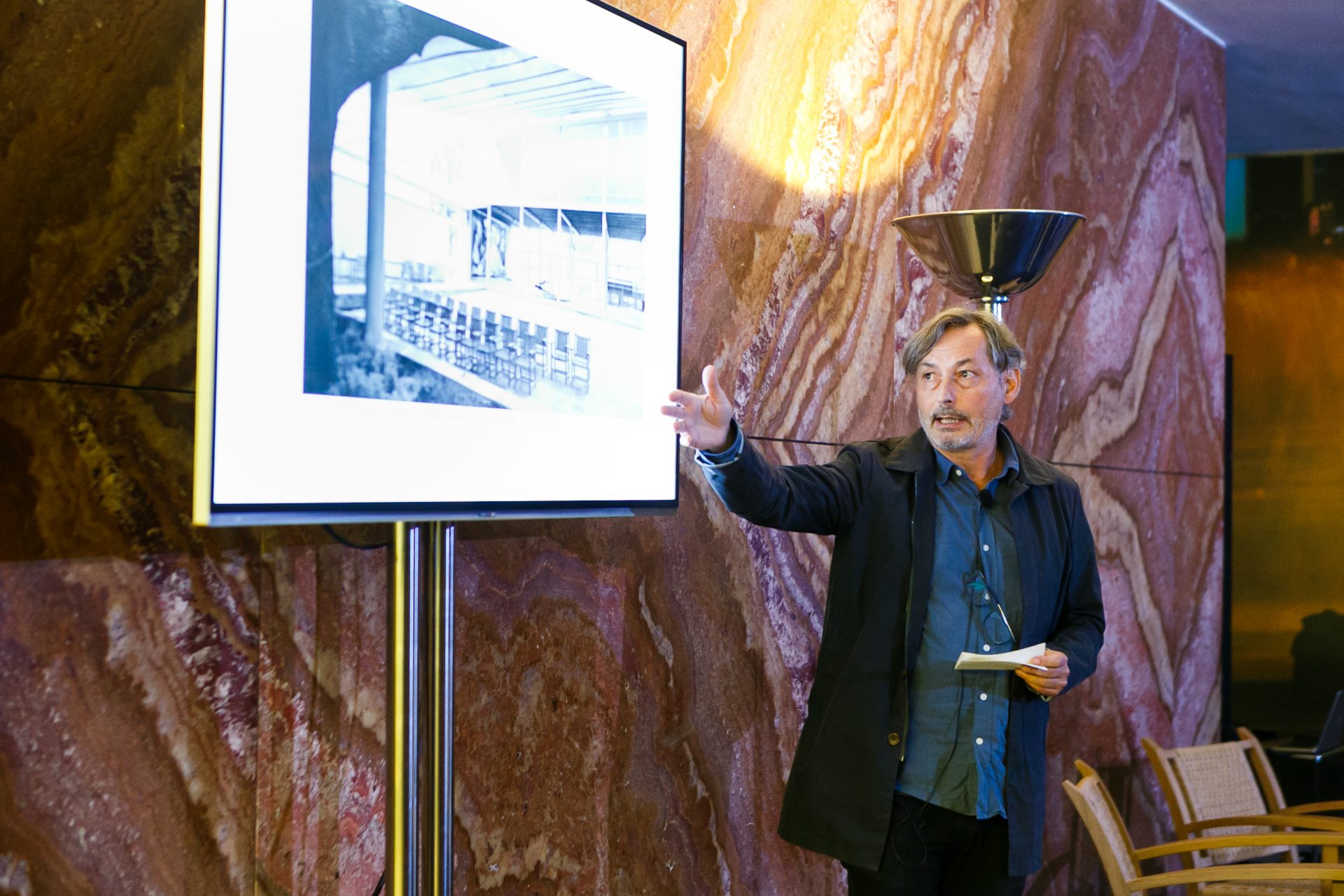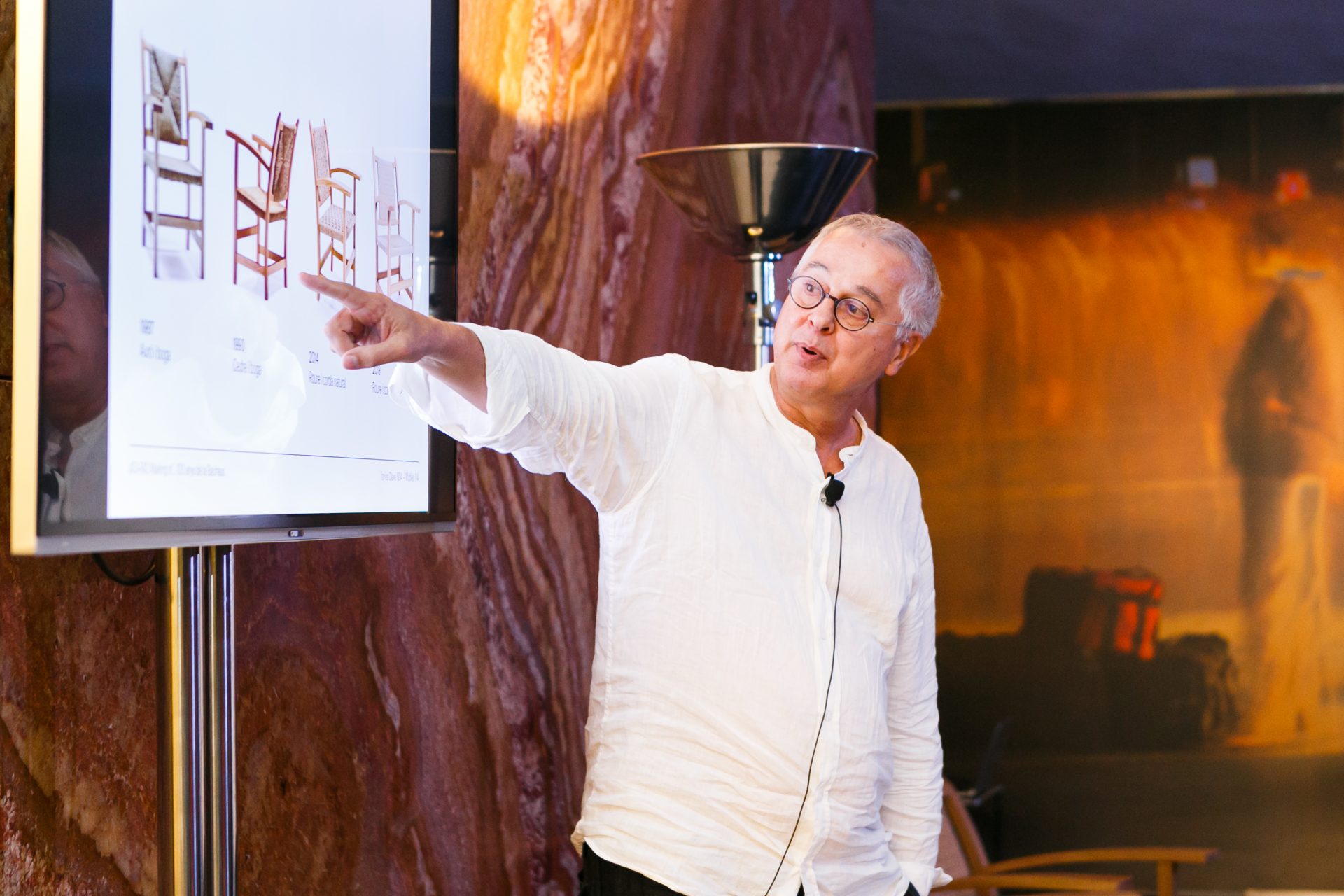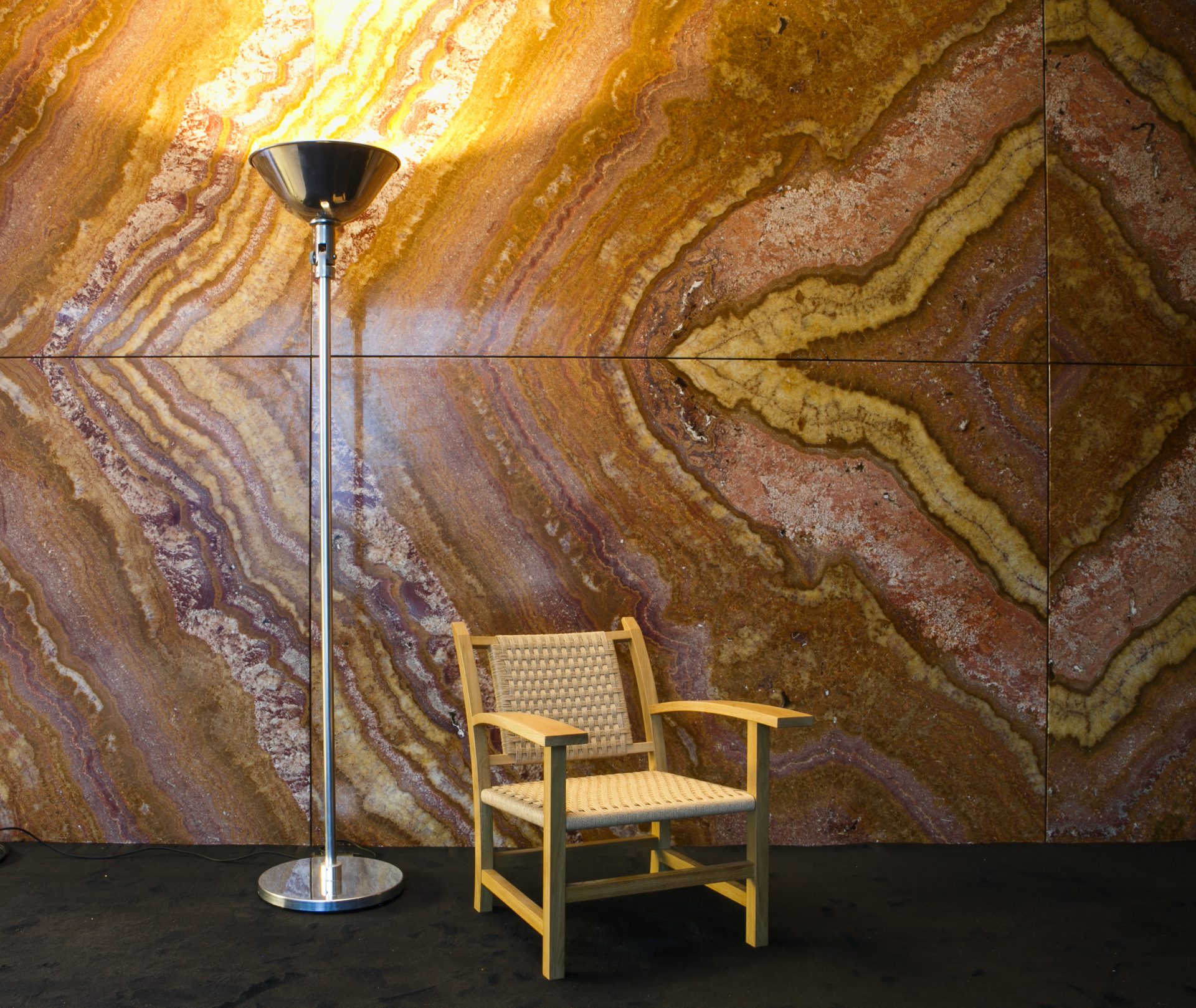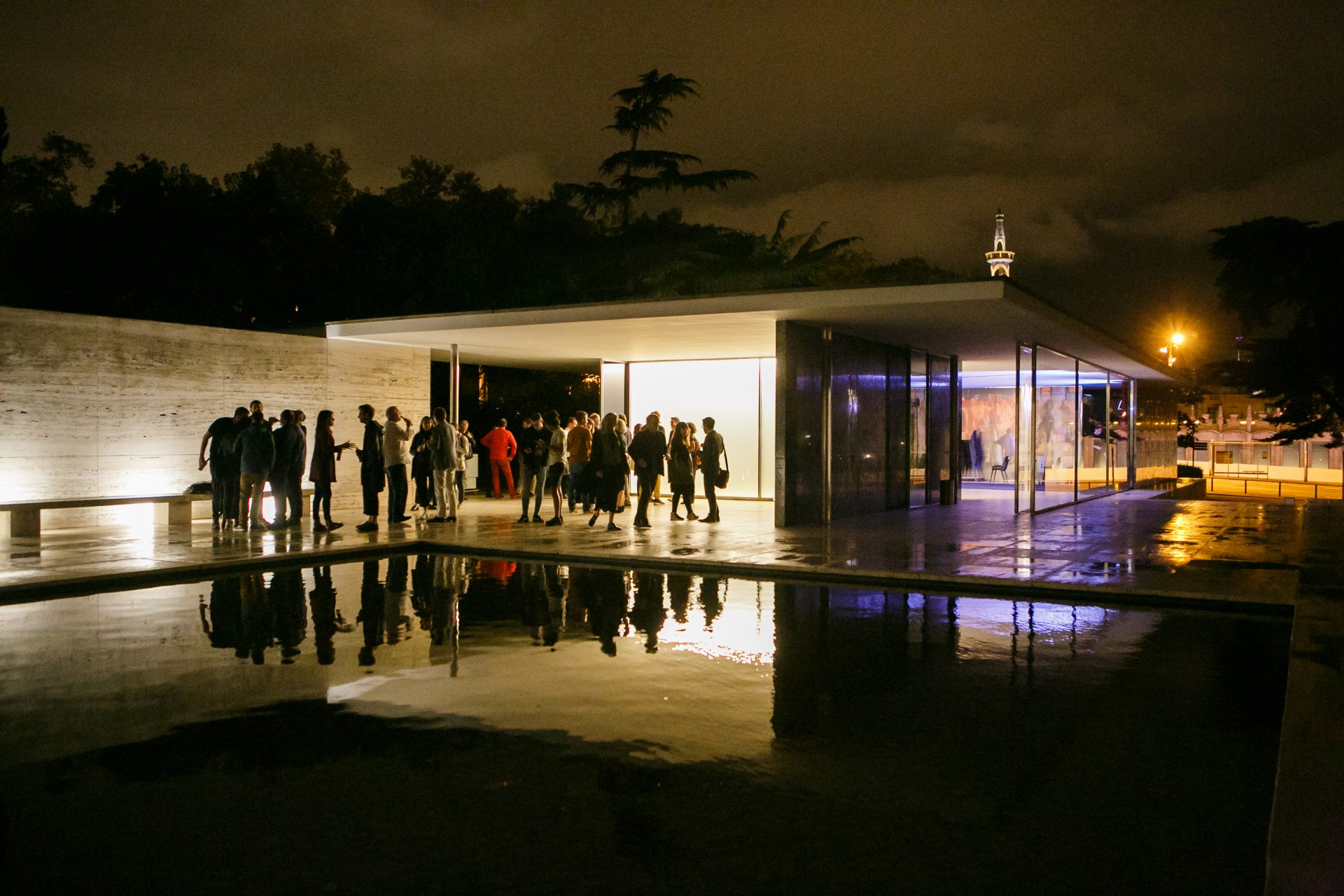Following the donation of the Jujol 1920 table to the Barcelona Design Museum, Mobles 114 organized a conference about the designer, Jujol. The conference was carried out by Josep Maria Jujol (the architect’s son), Juan José Lahuerta (Director of the Gaudí Chair), JM Massana and JM Tremoleda (founders and editors of Mobles 114).
Jujol designer from Mobles 114 on Vimeo.
Pilar Velez, director of the Barcelona Design Museum, highlighted the importance of reissuing products and adding them to the museum’s collection.

The Jujol 1920 table is a re-edition of probably the only existing copy of this table, displayed at the National Art Museum of Catalonia and recently reissued by Mobles 114.
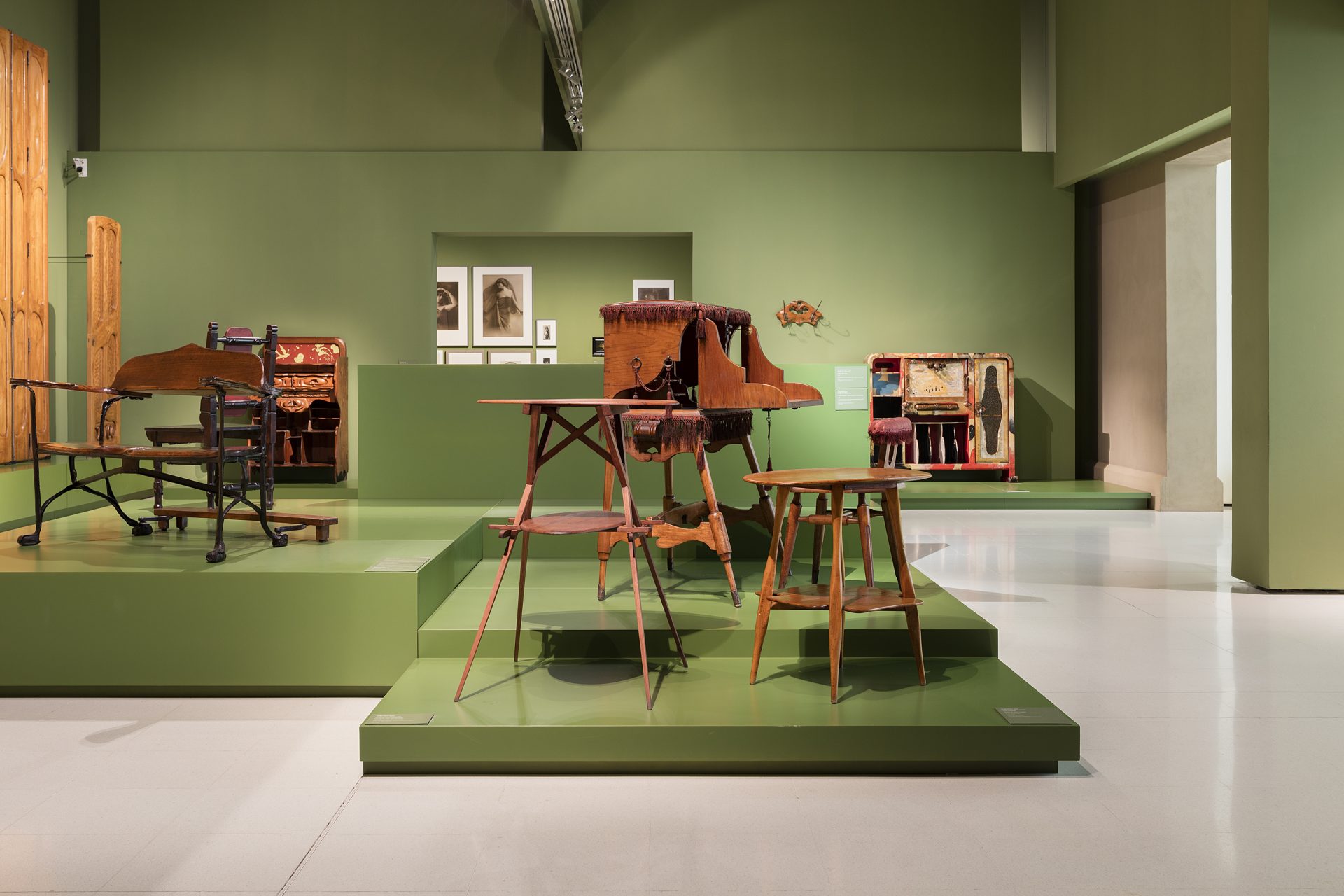
Josep Maria Jujol talked about his father, an architect and a designer; a multitalented figure and a complete artist lacking the recognition he deserved. With the re-edition of this table, we want to contribute spreading the importance of his work.
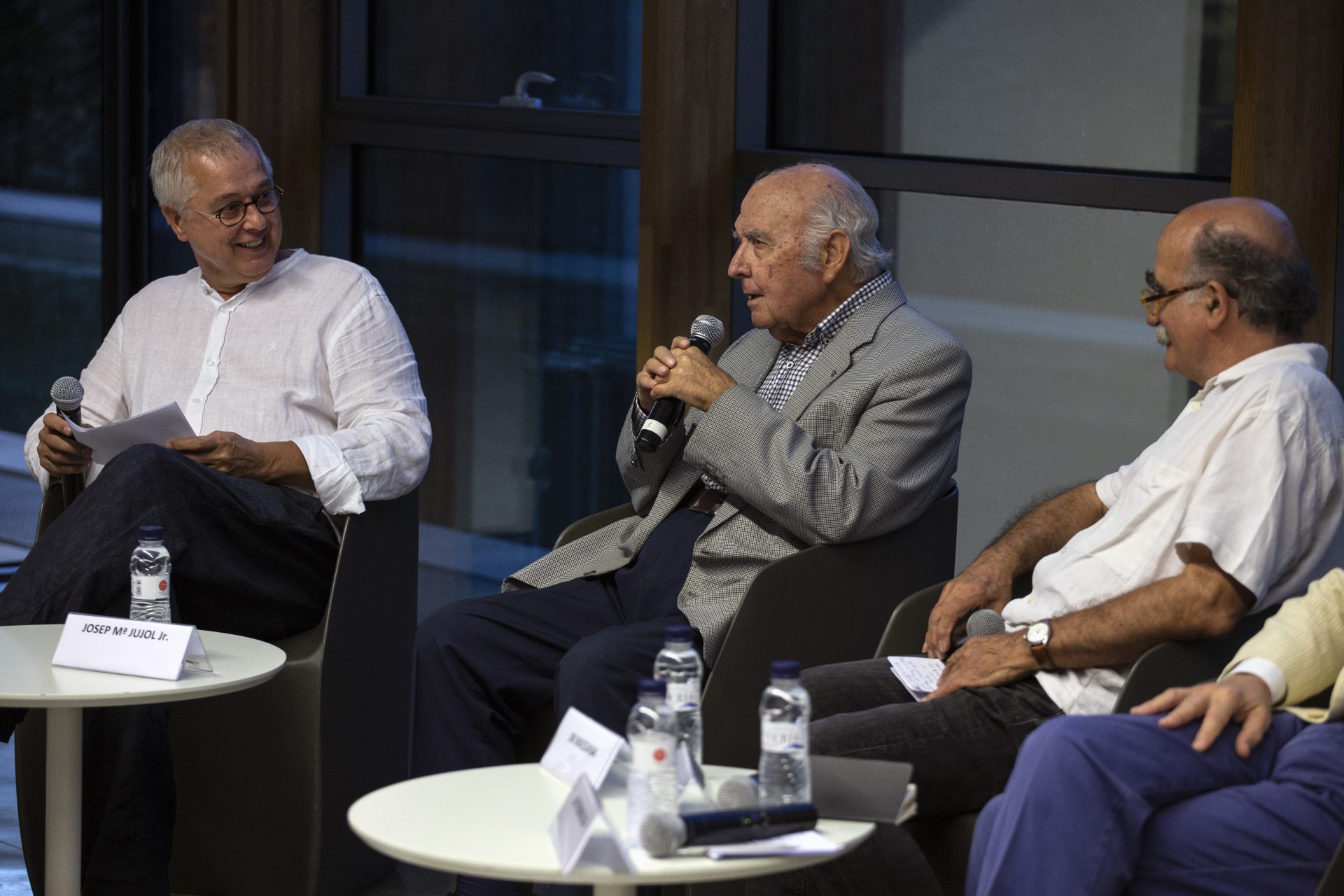
Juan José Lahuerta framed JM Jujol in the historical period of the late 19th and early 20th centuries in which Jujol developed his work. A unique, risky, and often radical work, that melts in the different styles with which it coexists. Lahuerta also underlined Jujol’s collaboration in some of Antoni Gaud’s works, claiming a joint responsibility of the parts they designed together. An example of this is the reform they started in the Cathedral of Palma (Mallorca). Jujol and Gaudí, both with deep Catholic convictions, were expelled before they could finish the project due to the incomprehension of the canons, ecclesiastics who did not know how to appreciate a work too radical for their time.

JM Massana and JM Tremoleda, proponents of reissuing products and objects maintaining their contemporary essence, highlighted the modernity of the Jujol 1920 table and the reasons why they considered adding the table to the Classics Collection of Mobles 114.
